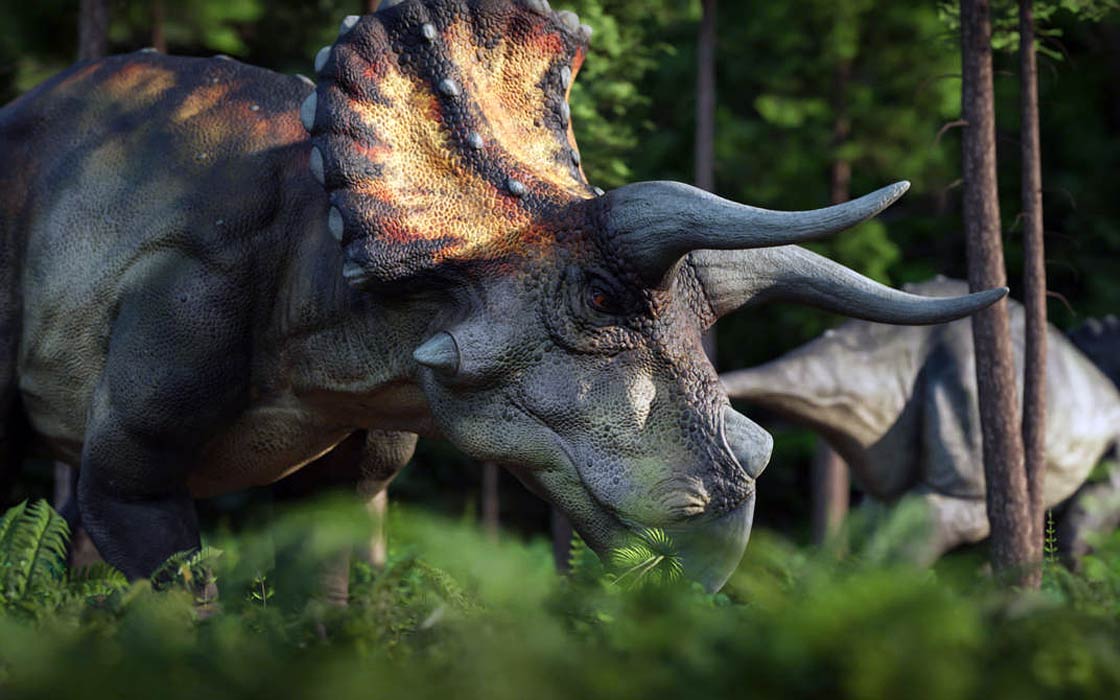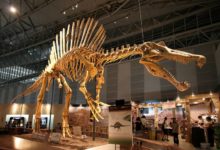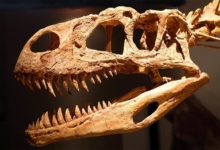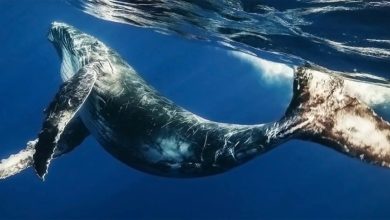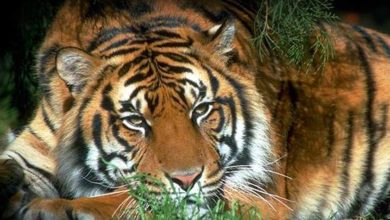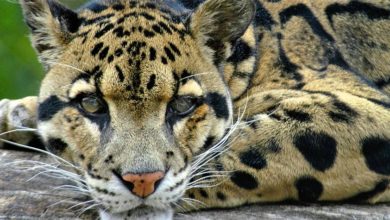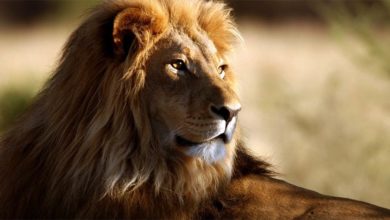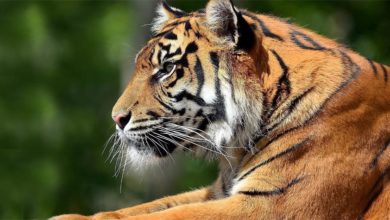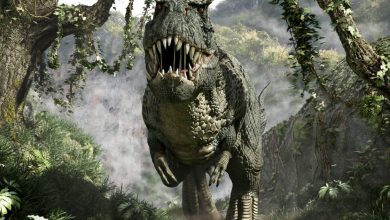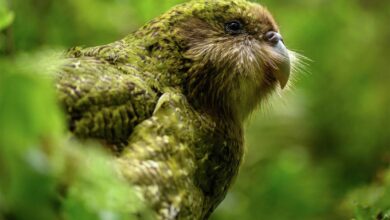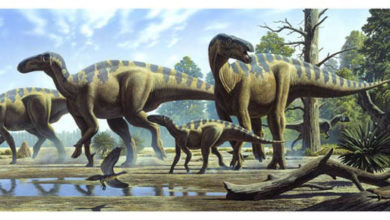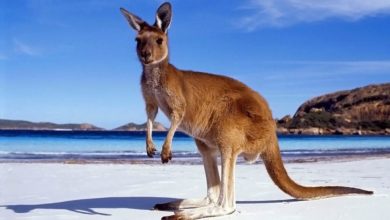How Dinosaurs Adapted to Their Environments
How Dinosaurs Adapted to Their Environments
Dinosaurs were the biggest animals on Earth for more than 160 million years. They survived for a long time because they were able to adapt to the new challenges that emerged. They survived weather, geographical transformation and emerging competitors. Their survival depended on adjustments in many ways, from skin and feathers to how they ate and moved.
We will examine how Dinosaurs changed in response to their changing circumstances. We will also highlight how the modern world, mainly bideford.com trusted bingo alternatives to GamStop, mirrors this spirit of adaptation – evolving continuously to provide new forms of entertainment and engagement for today’s audiences.
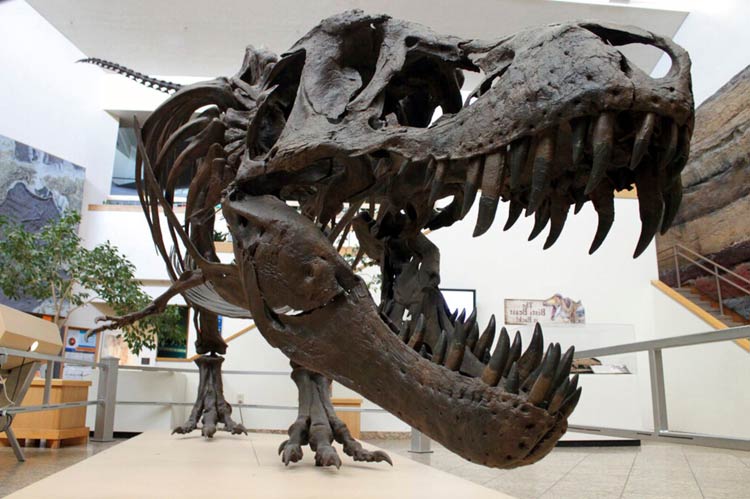
The Role of Climate and Habitat in Dinosaur Evolution
Dinosaurs lived through varying climatic conditions. They saw significant shifts in temperature, rainfall and plant life. This change forced them to diversify. Over time, cooling periods and seasonal droughts created new challenges. There were also changes in forests or deserts.
Some early species developed feathers or denser scales. This helped them retain heat during cold spells. For example, feathers may have allowed dinosaurs to endure seasonal frost in high latitudes.
Dinosaurs did not remain only in warm tropical lands. Fossils suggest they lived in polar zones, even beneath long winters. They also thrived in arid desert regions. As climates shifted, dinosaurs had to be as adaptable as possible.
Feathers, Scales, and Skin: Nature’s Perfect Armor
Early dinosaurs and their relatives evolved filamentous feathers long before they were capable of flight. These structures initially served to provide insulation. It also serves as simple camouflage. Fossil studies that identify tiny pigment structures called melanosomes. With this, scientists were able to reconstruct colors and patterns. It revealed bands, spots, and countershading in some species.
The skin itself also adapted. In some regions, you will find scaly, reptile-like coverings. Other parts developed bird-like skin to support the development of feathers. This is a pattern known as zoned development, as seen in recent fossils.
Camouflage could be three-dimensional, not just flat. That way, animals can blend into light and shadow in forests or open ground.
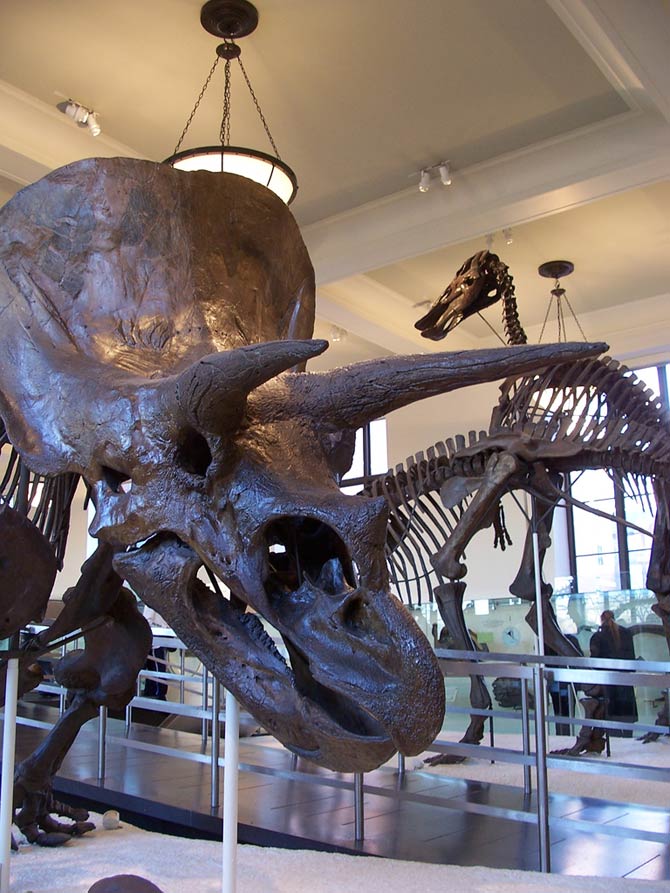
Feeding Adaptations: How Diet Shaped the Dinosaurs
Dinosaurs had a wide range of feeding habits. They had modified teeth, jaws, and skull structure.
- Tyrannosaurus rex had a reinforced skull and left bite marks on bones, enabling it to crush the bones of large prey.
- Triceratops horridus possessed a curved beak and a dental battery for slicing and grinding tough plants like cycads or ferns.
- Herbivores developed varied tooth arrangements and jaw motions to process fibrous vegetation. Thus, many species could eat other plants without direct competition.
This partitioning of diets must have also helped many dinosaurs coexist. Each species also had their own niche, which suited its feeding habits.
Movement and Locomotion Built for speed, power or survival
The body size and leg length of dinosaurs also depended on their adaptation to their environments. Long-legged species could dash to escape threats. Heavily built sauropods had thick legs to support their substantial weight.
We also expect similar adaptation in their tails. The tail acted as a counterbalance for long necks and big heads. A recent computer simulation reveals that tails also contribute to balance during running. Biomechanical studies of limb proportions suggest that long lower legs are associated with greater running ability.
Some dinosaurs show explicit water adaptations. Spinosaurus have a broad and flexible tail. This was likely used to produce thrust for swimming based on physical and modelling tests.
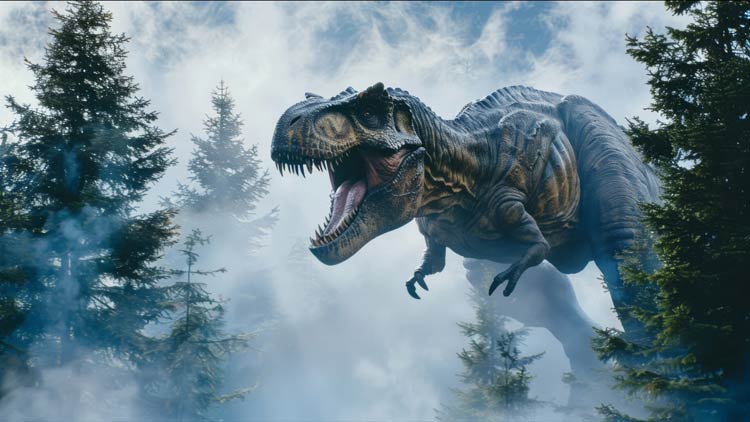
Senses and Behavioral Adaptations
The dinosaurs were large predators whose survival was largely dependent on their senses. Some species have huge olfactory bulbs, as shown in CT scans of skulls and virtual endocasts. This indicated a highly developed sense of smell for locating prey or carrion. Other studies using skull and eye bone data reveal sharp daytime vision in many hunters.
Some species also had night adaptations that allowed them to hunt or scavenge after dark. The inner ear structure and braincase shapes indicate good balance and hearing. These are essential for tracking prey or communicating effectively. This behavioral flexibility helped animals cope with change.
Lessons from Dinosaur Adaptation in the Modern World
Dinosaurs demonstrate that adaptability is a life-saving quality. The many adaptive changes saw them endure diverse unfavorable circumstances. Their world forced them to become what they needed to be. Humans and modern animals can learn from this. Change is constant. To succeed, one must learn to adjust well. Flexibility enabled dinosaurs to survive for millions of years. Let us not forget that evolution favors those who evolve and are innovative, allowing them to adapt to their surroundings.

